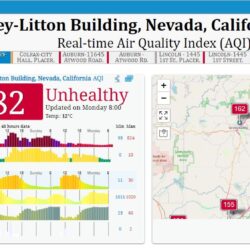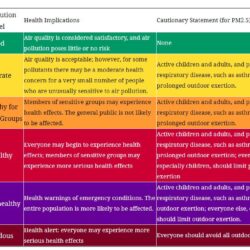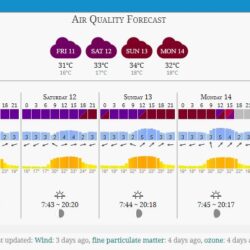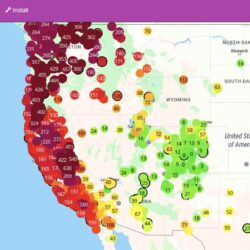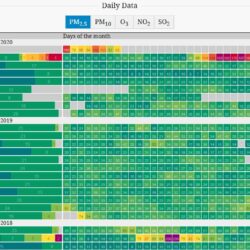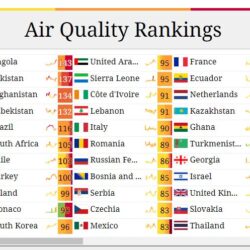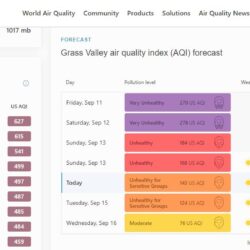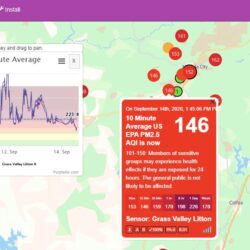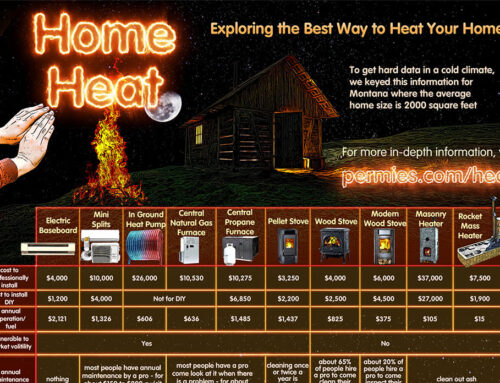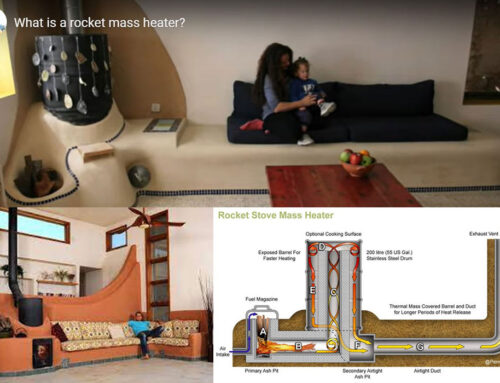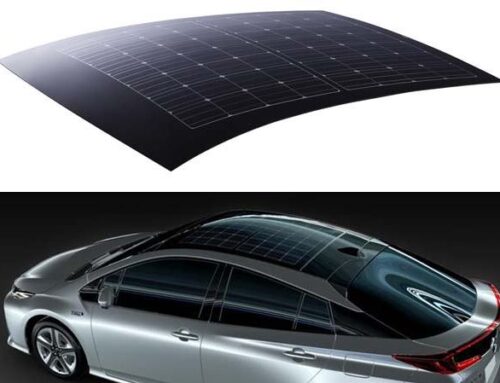How to remove wildfire smoke from your home in California
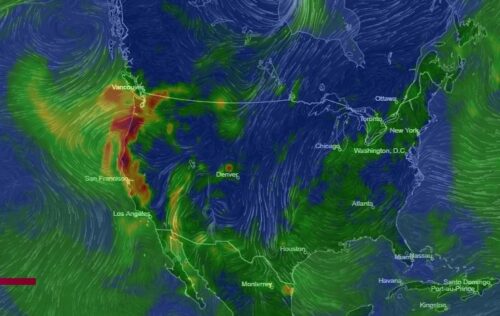


*Republished from 2020
We’ve had a lot of smoke in our air from California wildfires recently. Smoke, like ozone and other air pollutants, can cause severe health problems. To know just how unhealthy the air is there are measurements made as well as forecasts and reports available to tell you just how bad the air actually is.
You can see the current air quality and AQI by following these links:
- www.aqicn.org/city/california/nevada/grass-valley-litton-building/
- using Air Quality Index – AQI
- www.iqair.com/us/usa/california/grass-valley
- using Air Quality Index – AQI
- www.mobile.arb.ca.gov/breathewell/grassvalley
- using (μg/m³) of inhalable particles and ppb of ozone
Sometimes a bad air day is described as having a high ozone level, that’s especially common during the summer months in the Sierra Foothills. But when it comes to wildfires you’ll see the pollution level listed as PM2.5 and AQI (Air Quality Index). PM stands for “Particulate Matter”, small particles that can cause severe health problems if they get into your lungs, especially for certain groups. The 2.5 stands for the size of the particles in microns. A micron-sized particle is very very small, about 30 times smaller than a human hair. A PM2.5 day means the air has a high concentration of particulates that are 2.5 microns or smaller. About 90% of the smoke from wildfires is in that range, with most between 0.4 and 0.7.
Simply put –
When AQI is over 100 and…
If you are retrofitting your HVAC buy a MERV 13 or above square/rectangle filter insert. Or above an FPR 10 or an MPR of 1500 (be careful though, read why below).
If you are purifying a room, or office buy a HEPA rated purifier unit, not just a filter/ionizer.
If you are going to DYI, read part 2.
We rely on air filters in our home’s heating and air conditioning systems to capture dust, but are they effective at removing wildfire smoke? The answer is generally no, unless you have a HEPA (High Efficiency Particulate Arrestor) filter. But most systems have filters that only capture the larger dust particles, PM2.5 particles are much smaller. To filter smoke you’ll need a filter with a MERV (Minimum Efficiency Rating Value) of 13 to 16. Sometimes filters will have an FPR (Filter Performance Rating) or an MPR (Microparticle Performance Rating) instead. If that’s the case an FPR 10 or an MPR of 1500 is roughly comparable to a MERV 13.
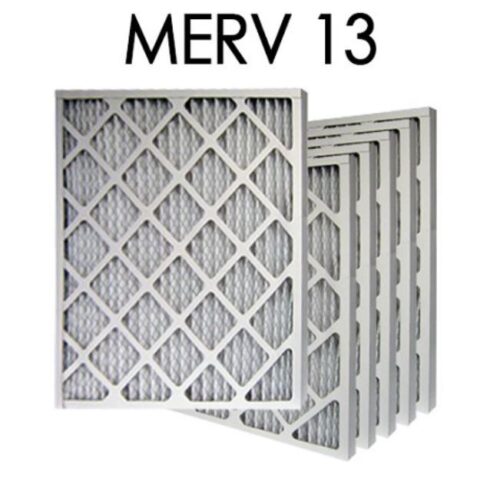


A few words of caution. The higher the level of filtration the more difficult it is for your system’s fan to push air through the system. That can increase the energy use of your system, and less airflow means less cooling. As a result I’d suggest you use a less restrictive filter most of the time, keeping the smoke-filter ones on hand for smokey days. And even regular filters get gummed up over time, so it’s a good idea to check in on them regularly, comparing the used one to a new one to gauge about when to replace it.
*Some HVAC systems are not strong enough for a MERV 13 or higher filter and could cause expensive problems to your system. Consult a HVAC professional when changing your filter.
SEG Note: If you were thinking of getting a battery backup or generator installed by us, you will want to make sure you have power to the purifier wherever it will be plugged in. Aka, consider your air purifier as a critical backed up load. Running your HVAC (air conditioner) on a battery or generator could deplete it’s power/gas quickly, therefore considering a stand alone, plugin HEPA filter that uses less energy would be a smart option in power outage situations and PSPS’s.
Read – Part 2, HEPA Filters, DYI Air Purifiers, Effectiveness of House Plants and more on AQI and PM2.5 >>


